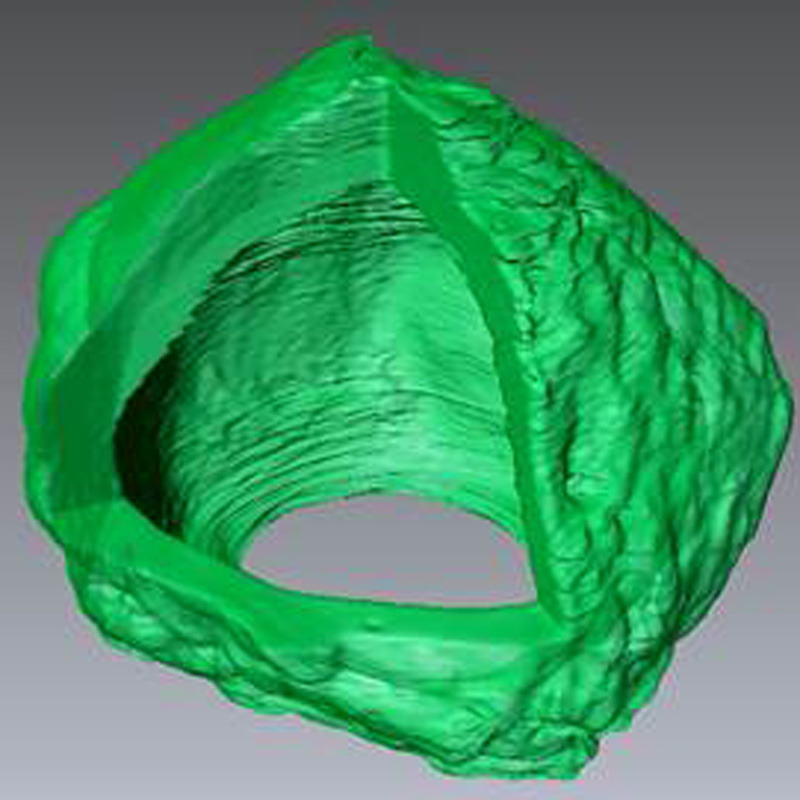
Li's proposed research involves further examination of his breakthrough method for growing crystals in sphere shapes.
Snowflakes and diamonds are crystals that elicit wide-eyed awe with their mesmerizing beauty. The smallest unit of the crystal, called a unit cell, repeats itself in three dimensions, forming these stunning objects. What if the available space for the crystal to form is non-flat? The molecules have to make turns as they pack, and the shape and properties of the resultant crystals will vary. This variation in crystal structure may have the potential applications in the fields of nanomotors, drug delivery and gene therapeutics.
Materials Professor Christopher Li is the principal investigator on a new National Science Foundation grant, "Confined and Directed Polymer Crystallization at Curved Liquid/Liquid Interface." Li's recent findings on crystallization were reported in Nature Communications last year and his proposed research involves examining this unique type of crystalline morphology.
This project aims to understand the fundamentals of how polymer crystals are formed in a very small, curved space. Li's research previously reported that hollow crystal capsules can be formed by crystallizing polymers on the surface of liquid droplets. Li coined these unique capsules "crystalsomes." In the proposed work, solution crystallization will be conducted in small liquid droplets. Crystallization conditions and the polymer chain structure will be systematically varied to control the shape and size of the crystalsomes, whose structure will be studied using electron microscopy and X-ray scattering.
In addition, the grant's educational components include: developing two class modules which will be used in an Advanced Polymer Characterization course; mentoring graduate and undergraduate students; working with high school students and teachers, particularly from under-represented populations; and engaging in local outreach activities to enhance broader interest in science and technology.